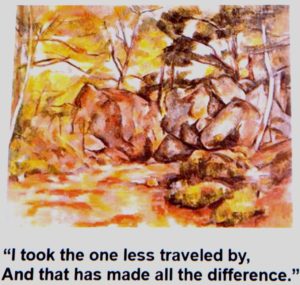Electric and Electronic Equipments (EEE) are complex products consisting of various raw materials ranging from plastics, glass and ceramic to metals (e.g. copper, aluminium), precious metals (e.g. gold, silver, platinum) and rare earth elements (REE; e.g., cerium, gadolinium). EEE can contain up to 60 different raw materials; some of those are hazardous, highly valuable or even both. Major components of EEE are usually metals and plastics, for example, metals account for about 23% of the total weight of our smartphone.
Other than the destiny of plastics that many of us may be cared of, the bad thing is that a 100% import dependency exists for many of metals (e.g. platinum, cobalt, REE) within the EU [the report on critical raw materials for the EU dated 2017 at this link]. Confronted to the demand, Europe has little raw material reserves – in Greenland and Fennoscandia for the most – required for the production of EEE. The Ad-hoc Working Group of the European Commission considers 14 raw materials as critical due to their high economic importance combined with high supply risks. The list gets renewed every four years taking into account political and physical constrains, but also the low substitutability and recycling rates of these metals. While Earth’s resources are not endless. All are advised, especially the research community has to make a “critical” steps in this direction to assure stable supplies and circular production worldwide.
Precious metals and REE from EEE in particular are worth taking a second look. The significance of this topic is enhanced by vast amounts of EEE placed on the market. In addition to an on-going increase in demand for IT devices worldwide, innovation cycles get shorter and EEE tend to be replaced with the ineluttable disposal of the end-of-life EEE (i.e., EEE waste or WEEE).

The way this spuns on acronyms should not discourage to know more. REE are of special relevance in the context of EEE. In the EU, 90 % raw materials are being imported; China’s reserves account for just less than 38 % of the global share, while other countries such as the U.S. or Australia try to counteract by exploiting depleted mines or new ones. No short term alternatives are realistic as it takes from 5 to 10 years to develop new mining sites, so anyone fall in love at first sight for a plan B in the EEE waste management.
Recycling and substitution from WEEE is often unefficient or unfeasible. Especially for heavy REE (HREE; e.g. terbium, holmium, lutetium) and Platinum Group Elements (PGE; e.g. platinum, palladium) supply deficits are expected, exacerbated by export/import restrictions and by the hunger of new technologies calling for their unique properties. The efficient use of Earth’s resources via finding substitutes and other sourcing strategies as well as by creating waste recycling structures in Europe for the exploitation of secondary raw material from anthropogenic sources becomes profitable more than ever and, certainly, vital.





Regan
18 Mar 2021Thanks on your marvelous posting! I really enjoyed reading it,
you could be a great author. I will be sure to bookmark your blog and will eventually come back someday.
I want to encourage you continue your great posts, have
a nice day!